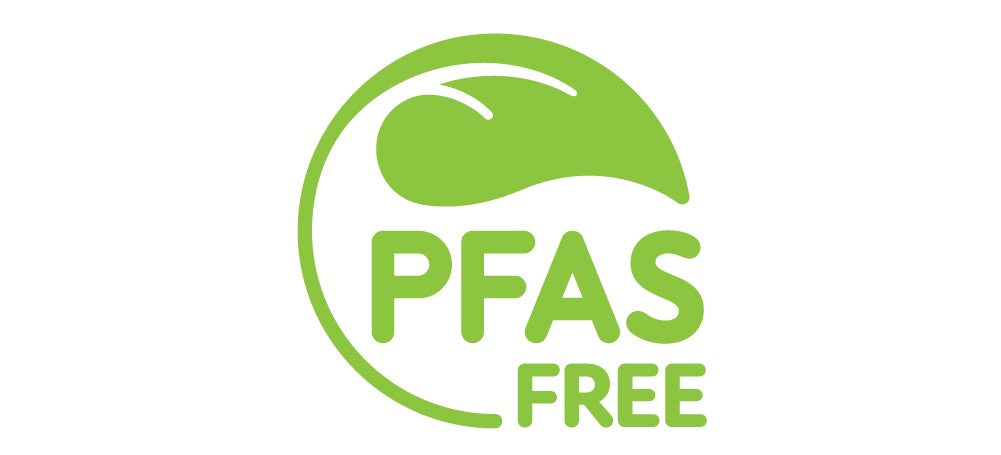The challenge of functional fabrics
Designed into the anatomy of our gear are several elements that stop moisture getting in, let sweat get out and which say farewell to ‘forever‘ chemicals.

When shredding down powdery slopes, feeling adrenaline pumping through your veins, it’s not just you firing on all cylinders – the fabrics in your snow sports gear are working hard too. They need to be fully waterproof, protect you from chilling winds, preserve body warmth and they need to allow moisture to get out.
We’ve put a world of experience and innovation into designing Dope and MONTEC gear to maximise waterproofing, breathability and wind resistance, but also to minimise harm to the environment in the way we do it.
Let’s follow the thread and get deeper into the anatomy of the gear.
Three step combo
Each piece of fabric combines three elements.
This tight weave forms the first line of defence against biting winds and downpours. It’s usually made from durable materials like recycled nylon or polyester.
A thin but powerful layer of film made from TPU (Thermoplastic Polyurethane) is bonded to the inside of the top fabric. The clever bit is that this film allows moisture from sweat and vapour to escape from inside the garment while blocking external water from entering.
This invisible coating on the top fabric acts as a water-repellent shield, causing water to roll off rather than soak in. This is where it gets interesting…
How the treatment works
Our DWR (durable water repellent) treatment is the crucial element that alters the fabric’s surface properties so that water rolls off rather than being absorbed. We use HeiQ EcoDry, a treatment that stands up to the toughest performance tests but which is also bluesign® APPROVED, therefore certifying environmental standards of production.
The fibres of the fabric are impregnated by these chemicals, which form a microscopic hydrophobic layer on the surface of the fabric. The treatment reduces the surface tension on the fabric, causing the water to bead up and roll off.
The performance of our particular DWR treatment holds a consistent grade of 4.0, before and after 10 wash cycles, in line with the Bundsmann test method ISO 9865:1991. It also achieves a 90/10 rating under the spray rating test, demonstrating water repellency's durability and effectiveness.
But our commitment doesn’t stop here. While we’re obsessing about the best performance standards possible, we also don’t use P-FAS in any of our fabrics or components.
What's all that?

P-FAS are chemicals, also known as ‘forever chemicals’ that have been used in consumer products since the ‘50s – but they don’t degrade quickly; they can be found in the food chain, and we’re now discovering P-FAS chemicals have entered our bloodstreams too.
For the bonded membrane, we use the bluesign® APPROVED, P-FAS free, hydrophilic membrane. This ingenious membrane is carefully chosen, along with an environmentally friendly, solvent-free glue dot process to bond it to the fabric.
We then carry out special tests to check the membrane will endure the most extreme of conditions.
The JIS L1099-B1 Inverted Cup Method tests for breathability, while the AATCC 127 test measures the fabric's resistance to water under hydrostatic pressure. Passing this extreme test for waterproofing is crucial for outerwear fabrics, ensuring water doesn’t penetrate the fabric and wearers stay dry in rainy and snowy conditions.
For the top fabric, we aim to use as many recycled materials as possible – and you can read in detail about our adoption of recycled polyester here. Every thread counts.
All of this together means the gear lasts longer for you, minimising waste.
We are working and innovating every day to do as little harm as possible to the environment when it comes to making our functional fabrics. Protecting you on the slopes, while trying to protect the magic of the mountains for generations to come.